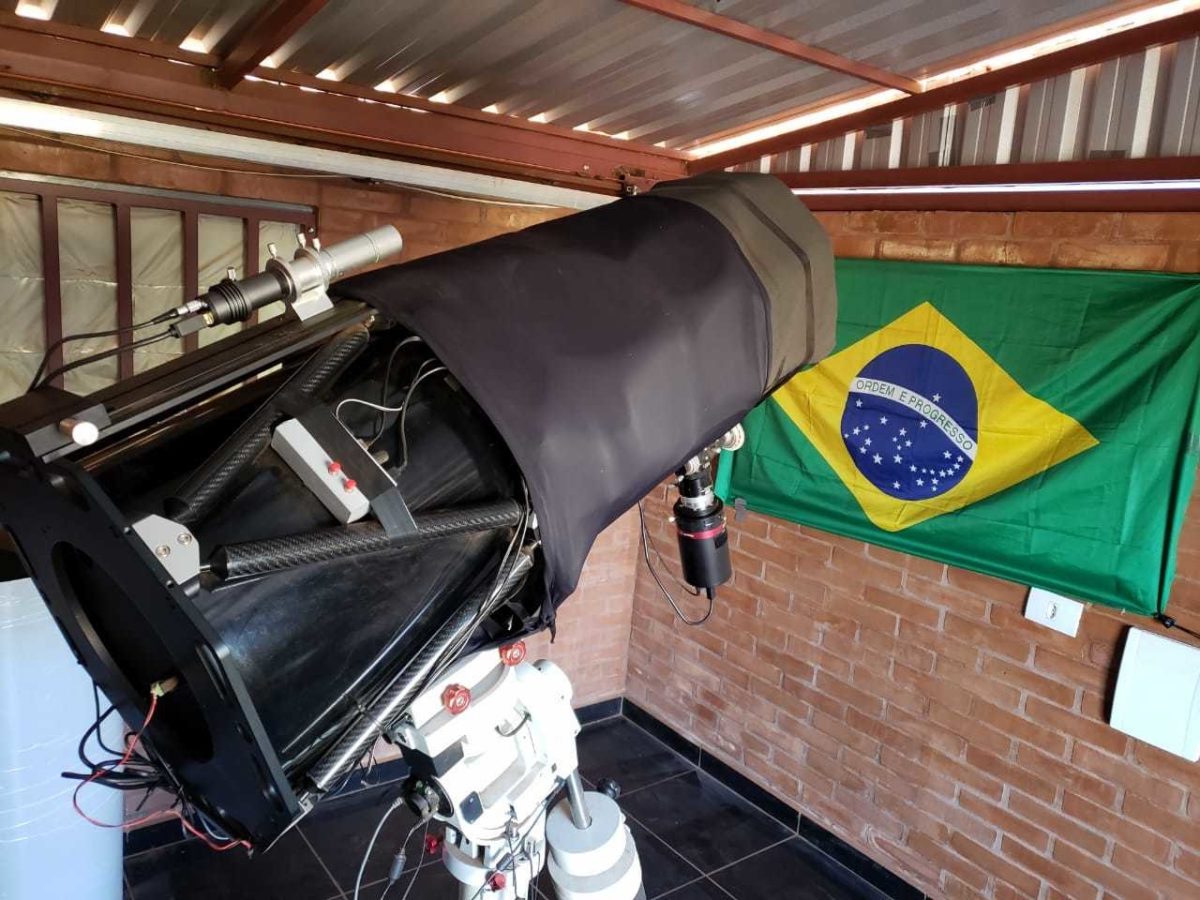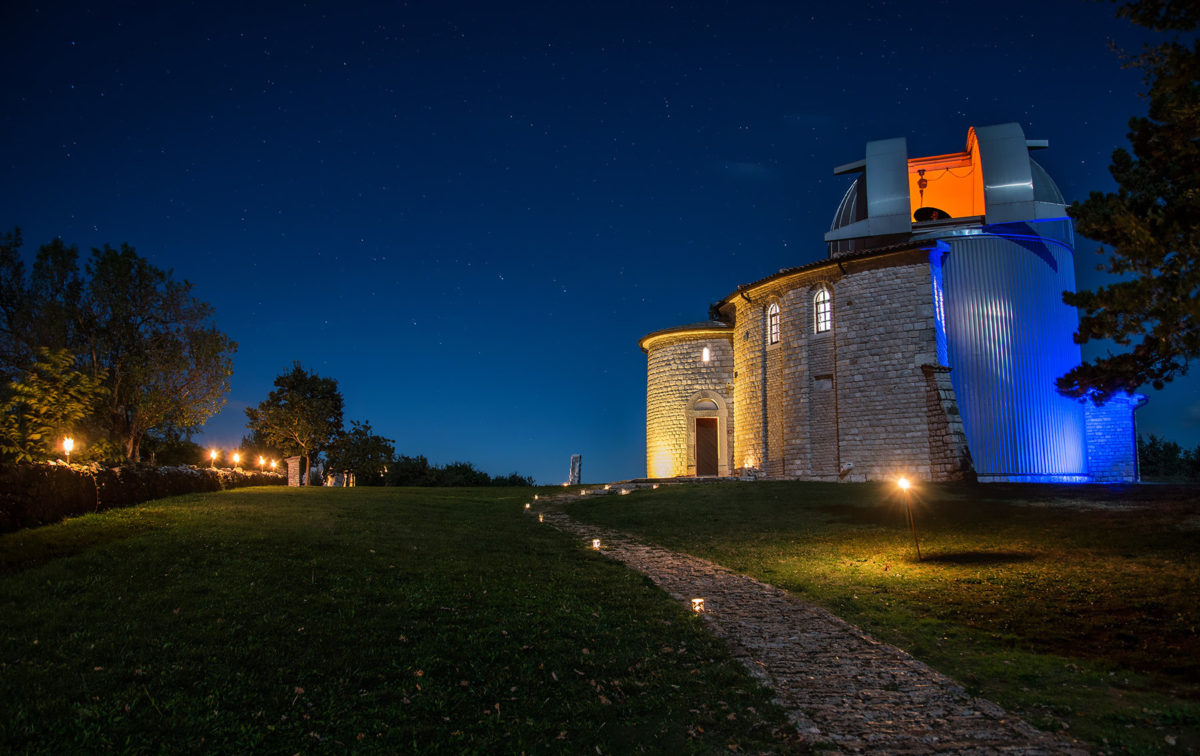Bruce Betts • Dec 18, 2019
Announcing the 2019 Shoemaker NEO Grant Winners
I am happy to announce the latest round of winners in our Shoemaker Near Earth Object (NEO) Grant program, named after pioneering planetary geologist Gene Shoemaker. Shoemaker grants support very advanced amateur astronomers around the world in their efforts to find, track, and characterize near Earth asteroids.
The world's professional sky surveys alone cannot handle the burden of defending the Earth from potentially dangerous asteroids. Our Shoemaker grant winners contribute in particular to two areas of planetary defense:
- Characterization: Some winners focus on asteroid characterization to determine asteroid properties. They typically carry out photometry (brightness) studies to determine properties like spin rate and whether what looks like one asteroid is actually two asteroids—a binary pair. This type of information will be crucial when an asteroid deflection is required, and in the meantime, for understanding the near-Earth asteroid population in general.
- Tracking: Other winners focus on astrometric (sky position) tracking observations that are necessary for calculating orbits, which tells us whether an asteroid will hit Earth. Without these follow-up observations of newly discovered asteroids, the asteroids can even be lost.
This round’s winners continue a long tradition of Planetary Society-supported planetary defense, protecting the Earth from the threat of asteroid impacts. In this round of grants, 6 proposals are awarded a total of $57,906. The winners are from 4 countries on 3 continents. Over the 22-year history of the program, approximately $440,000 has been granted to 62 winners in 19 countries on 6 continents.
Gene Shoemaker Near-Earth Object Grants
The Planetary Society's Shoemaker NEO grant program funds advanced amateur astronomers to find, track, and characterize potentially hazardous near-Earth objects.
We are sincerely grateful to our expert advisory/review panel: Planetary Society NEO Grant Coordinator Tim Spahr, NEO Sciences LLC; Davide Farnocchia, JPL Center for NEO Studies; Alan Harris, More Data!; Joanna Levine, NEO Sciences, LLC; Tim Lister, Las Cumbres Observatory; Michael Schwartz, Tenagra Observatories; Quan-Zhi Ye, University of Maryland.
Here are summaries of the winners.
Leonardo Scanferla Amaral, of Observatório Campo dos Amarais (OCA) in Brazil is awarded $8,443 for a telescope mount that will provide much greater stability, enabling longer camera exposures, as well as increased tracking capability. OCA’s location makes it particularly important for its view of the very southern sky for which few telescopes are positioned to regularly study in pursuit of near Earth asteroid observations. OCA has even discovered 3 NEOs—all in the southernmost sky—that were not seen by the current major asteroid survey telescopes.


Paulo Bacci and Luciano Tesi and Martina Maestripieri, of the Gruppo Astrofili Montagna Pistoiese (GAMP) at the Osservatorio Astronomico della Montagna Pistoiese in Italy, are awarded $8,000 for equipment including dome control and weather monitoring hardware and software to adapt their 0.6-meter telescope to remote operation. Their observatory has been extremely productive for rapid follow-up observations of newly discovered NEOs. Introducing remote control will increase observing time for this observatory run by a group of amateur astronomers.

Russell Durkee, of the Shed of Science Observatory in the United States, is awarded $12,799 for a new camera on a 0.5-meter (20-inch) telescope to replace the aging camera purchased with a 2010 Shoemaker grant. The new camera also cools more efficiently, which is helpful since in 2018 the observatory moved to a dark site in Texas from Minnesota. The system will be used primarily for photometry measurements used to determine light curves (asteroid brightness overtime) that facilitate the determination of spin rates and the discovery of binary asteroids. Durkee is a high school teacher by day and also uses his observatory to mentor young astronomers.
Randy L. Flynn, of Squirrel Valley Observatory (SVO) in the United States, is awarded $6,139 for components to automate the observatory including an automated roof system and observatory automation software that will enable a significant increase in observing time. SVO, in North Carolina, focuses on astrometric tracking measurements that facilitate orbit determination, particularly for newly discovered asteroids.
Korado Korlević, of Višnjan Observatory in Croatia, is awarded $10,825 to recoat the observatory’s telescope’s 1-meter mirror, and to purchase a new coma corrector and associated hardware. The results will enable observing much dimmer objects (to magnitude 22.4) and will expand significantly the usable field of view. The Višnjan Observatory focuses on follow-up astrometric measurements of newly discovered near-Earth objects. They contributed to the follow-up of more than 1400 NEOs in the last two years. The Observatory also hosts educational visits by middle and high school students.

Alessandro Nastasi, and Sabrina Masiero and Mario Di Martino of the GAL Hassin Astronomical Center in Italy on the island of Sicily is awarded $11,700 for a new dome and timekeeping system. The robotically controlled dome will house a 0.4-meter telescope with corrected wide field optics particularly conducive to astrometric observations of fast (meaning relatively nearby) NEOs. The telescope will move from its current shared facility with educational telescopes to the dedicated dome. Robotic control will enable more observing time. The dual timekeeping system will allow very precise coordinated observations between that telescope and their new 1-meter telescope located 8 kilometers away.
Best wishes to all our winners for successful observing, and thanks to all of our proposers. There were more great proposals than funding available.
Support our core enterprises
Your support powers our mission to explore worlds, find life, and defend Earth. You make all the difference when you make a gift. Give today!
Donate

 Explore Worlds
Explore Worlds Find Life
Find Life Defend Earth
Defend Earth






